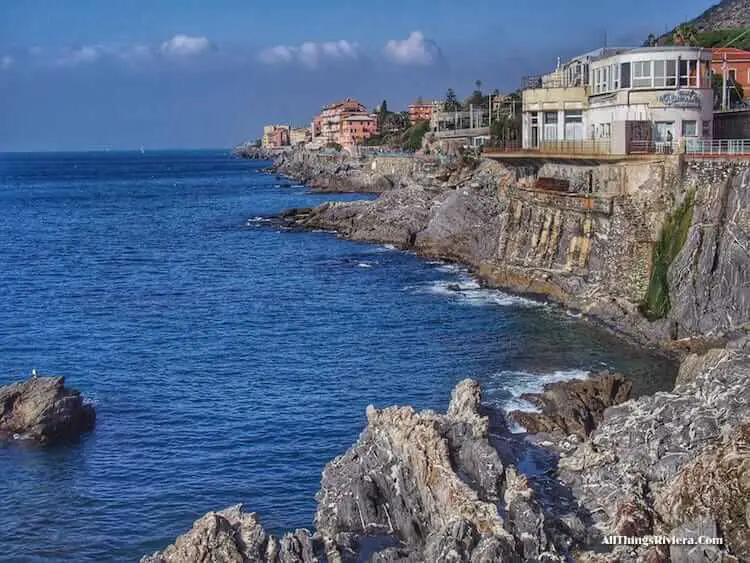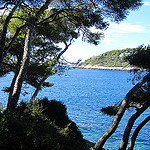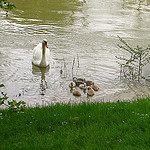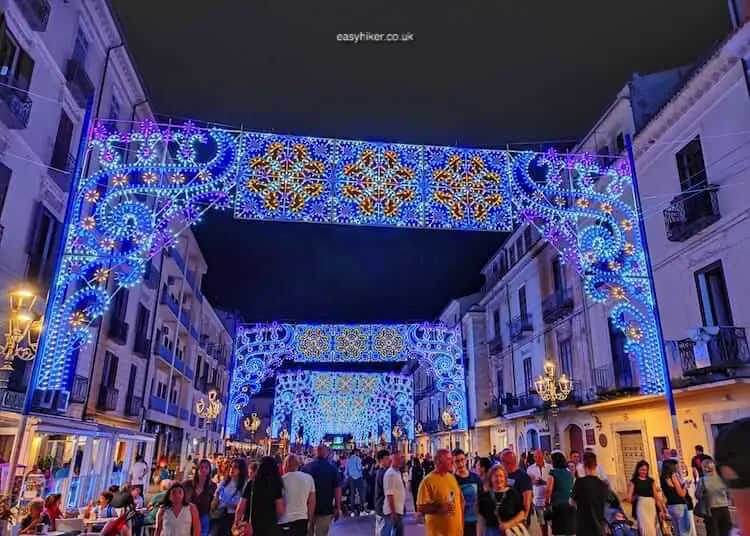A Coal Mine Called Nightingale
Nightingale or Nachtigall Colliery (“Zeche Nachtigall“) at the foot of the Muttental trail prides itself on being the “cradle of coal mining” in West Germany.
Coal was actually dug out of the surrounding hillsides as long as 300 years ago, and in 1839, at the very dawn of the Industrial Age, one of Germany’s first deep mining shafts was sunk here.
But as the 19th century went on, more efficient pits were constructed elsewhere, and coal mining in Nachtigall Colliery was discontinued.
Fortunately for the many people whose livelihoods depended on the site, however, the hills around the colliery were not only full of coal but also full of clay, and in 1892, a local brick manufacturer took over. Many of the buildings that feature in today’s industrial museum actually come from this era.
After WWII, coal mining in this area experienced a small “renaissance” – albeit in the form of a “cottage industry”: small-scale entrepreneurs with two or three miners dug “side entrances” into old and abandoned pits to scrape out a few thousand tons of extra coal, not so much for industry but for domestic consumption (as an alternative to burning furniture for heating in Germany’s cold post-war winters).
In the museum, you can see some of the old pit machinery of a coal mine and even enter one of the pits yourself. This, however, is only possible as part of a guided tour that will take a full hour or so out of your day.
If you plan to do any hiking on the near-by coalminers trail, you may well decide to skip that part of the programme and content yourself with a peek inside the pit through the gates.
That’s what we did, at any rate. (These very old mining shafts were driven horizontally into the mountain, not vertically.)
Admission to the museum is € 2.40 a head (in the summer of 2012), and you can easily spend an entertaining 30 to 60 minutes here just walking around. They also have a small outdoor cafeteria where you can have a drink or a snack.
All in all, not a bad start for a day out to see a coal mine on the Muttental trail.
If you enjoyed the read, why not subscribe to our free updates via email or follow us on Facebook.







Yes, I agree with you. Not a bad start.
I lived in California for 25 years and never heard of anyone ever being trapped in a gold mine by an earthquake. But what better way to die than surrounded by gold? Would you rather live a long, safe life and die in a retirement home choking on an asparagus?
coal mines scare me.. but only because I watch too many horror movies.. great shots though… very eerie! LOL
The coal mine is inviting. I love the idea of just getting into the mine and wander around a few minutes and getting through the tunnels.
Cheers :)
What a cool place! I would love to visit a mine one of these days. I’ve always been leery to visit any of the California gold mines due to it being earthquake country but this I could do. Love that interior mine shot you got – already feels claustrophobic.
I too would find it interesting exploring the mine a bit! I’ve done a little exploring in some gold mines but we didn’t have coal in California.
Sounds like a fascinating journey to the underground. Great pics…I would love to explore that abandoned shaft.
The old pit machinery wasn’t exactly compact and portable was it?